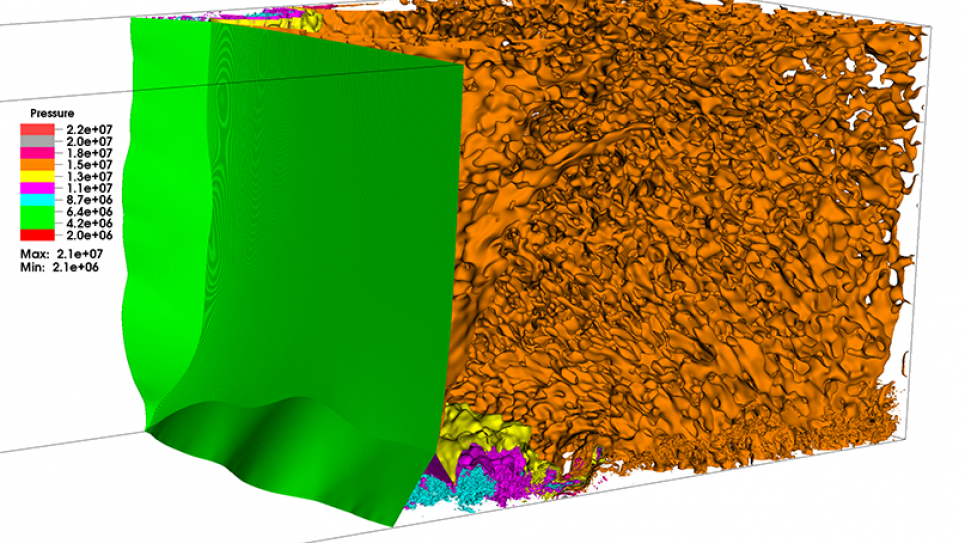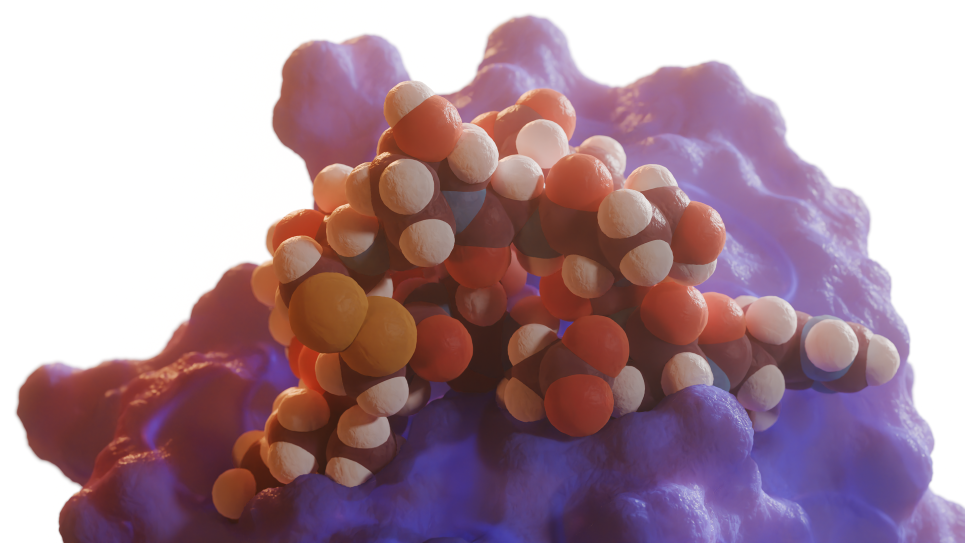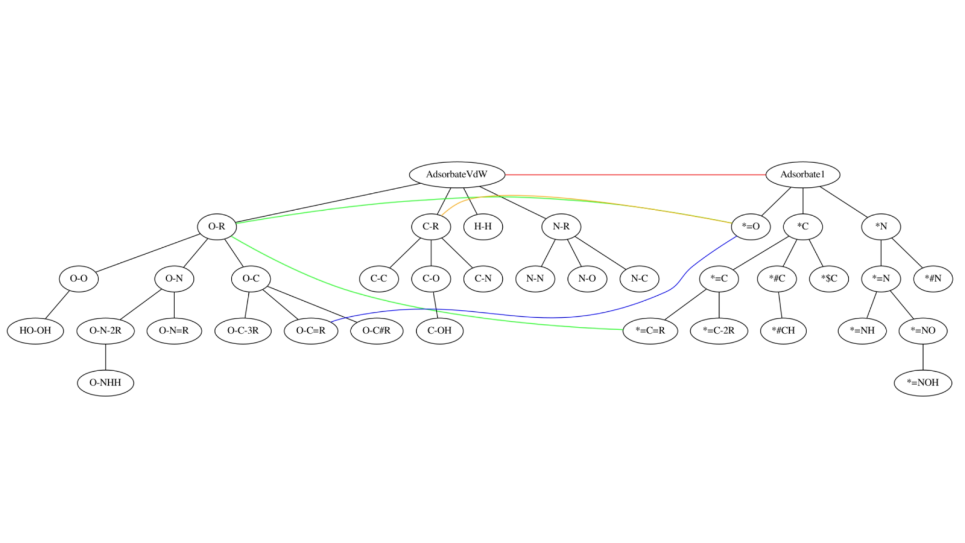
First-Principles Simulations of High-Speed Combustion and Detonation
This research seeks to understand the fundamental physics of high-speed combustion, in particular flame acceleration and deflagration-to-detonation transition (DDT) in reactive gases. Because detonation occurs quickly and on a very small spatial scale compared to the size of the system, high-resolution, multidimensional simulations are the most feasible method by which to investigate the detailed physics of a DDT.
This study requires first-principles, compressible, reactive flow Navier-Stokes direct numerical simulations (DNS), which account for and explicitly resolve physical processes on a range of spatial scales, as well as attendant shocks and physical variables. Work on this project has been accomplished with a high-speed combustion and detonation code (HSCD) on Mira.
Using previous INCITE awards, researchers conducted the first 3D reactive flow Navier-Stokes DNS simulations of flame acceleration and DDT in a stoichiometric hydrogen-oxygen mixture in a 2.5 cm square pipe with smooth and rough walls. Wall roughness introduces additional turbulence which leads to a somewhat faster DDT and a drastic change in the location of the DDT from pre-heated gas ahead of the flame brush to hot spots inside it.
Validation of a physical model via simulations of reflected shock tube ignition delay experiments are in a very good agreement with physical experiments. An unexpected outcome of the studies has been the discovery of a universal acoustic mechanism responsible for the formation of hot spots and transition from strong to mild ignition behind reflected shocks in reactive gases.
This year’s award continues validation and sensitivity studies, and incorporates the important effect of water condensation on the tube walls, which may be responsible for an observed slowdown of the flame and a delay in the DTT observed in the long tube experiments. This effect has never been considered in modeling of a DDT in hydrogen-oxygen mixtures.
By better understanding the complex mechanisms involved in these reactions, researchers and engineers will be able to better predict the onset of detonation and develop safety mechanisms for real-world applications.


